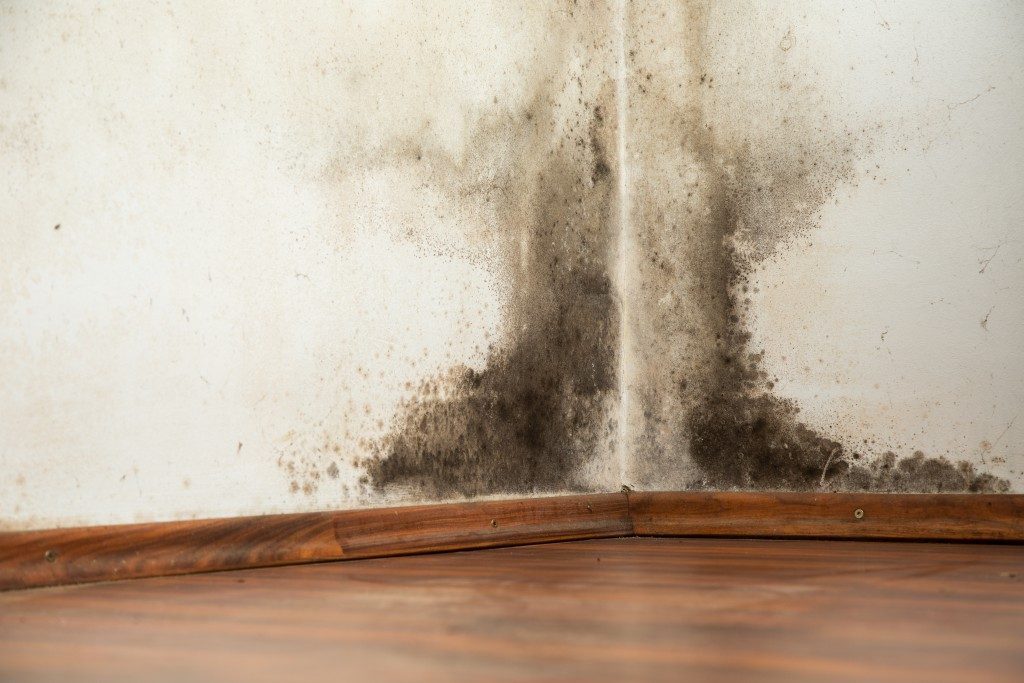Black mold, a toxigenic and often invisible substance, can grow silently in homes, workplaces, and schools, and can go undetected for many years, further aggravated by moist and humid conditions.
According to the Centers for Disease and Control Prevention (CDC) mold exposure increases your risk of developing health issues including allergies, and asthma. Below is a simple guide to help you spot mold in your home and figure out if that chronic health issue you’re experiencing is due to mold exposure.
Dangerous, Unseen, and Silent
Molds are typically called black mold, but composition and color differ. Some can be touched and seen, even consumed, and won’t cause any harm whatsoever. In general, mold flourishes in humid places, and while most of them won’t harm you, exposure to large quantities, or if conditions are perfect for toxin production, could easily cause adverse health effects.
Toxins such as mold could negatively impact the immune system and central nervous system. In the event that toxins confront your body, your functions will be compromised, particularly those in your frontal cortex, where control of impulses, memory, and problem solving occurs.
Where Black Mold Hides
Mold usually hides in areas such as basements, cabinets, drywall, crawl spaces, and places where there’s water damage. But the kitchen and bathrooms in your Pompano Beach home could also be a breeding ground for black mold due to lack of ventilation and use of water.
You might even see it as mildew on your bathroom walls or shower curtain. However, some of the most harmful kinds of mold are airborne, invisible, and not easily detected, which in turn lengthens the exposure time and results in the most dangerous health issues related to mold exposure.
Whom Black Mold Affects

Some individuals, simply due to chemical and genetic factors, have an increased sensitivity to mold than other individuals. Overall health and age could likewise be significant factors in mold exposure and reactions.
For instance, the elderly, children, individuals suffering from respiratory problems, as well as individuals whose immune systems are compromised might be more susceptible to the harmful effects of mold than the average healthy adult.
Additionally, when the developing immune system of a child is exposed to antigens or mold, the child’s body might react negatively and lead to developmental problems, even death.
Physical symptoms of exposure to black mold usually include watery and itchy eyes, airway issues, asthma as well as warning signs related to allergies including runny nose, coughing, and irritated throat.
Some individuals may even experience more severe symptoms such as breathing difficulties, sinus infections, fatigue, and nausea. And in more severe cases, black mold could produce toxins that can result in a decreased attention span, dizziness, headaches, and difficulty concentrating.
The bottom line — exposure to black mold can cause all sorts of health issues, particularly in individuals with compromised immune systems, allergies, and asthma. So keep a close eye on suspected mold hotspots in your home and have a mold remediation professional inspect and address the infestation as soon as possible to avoid further damage.

